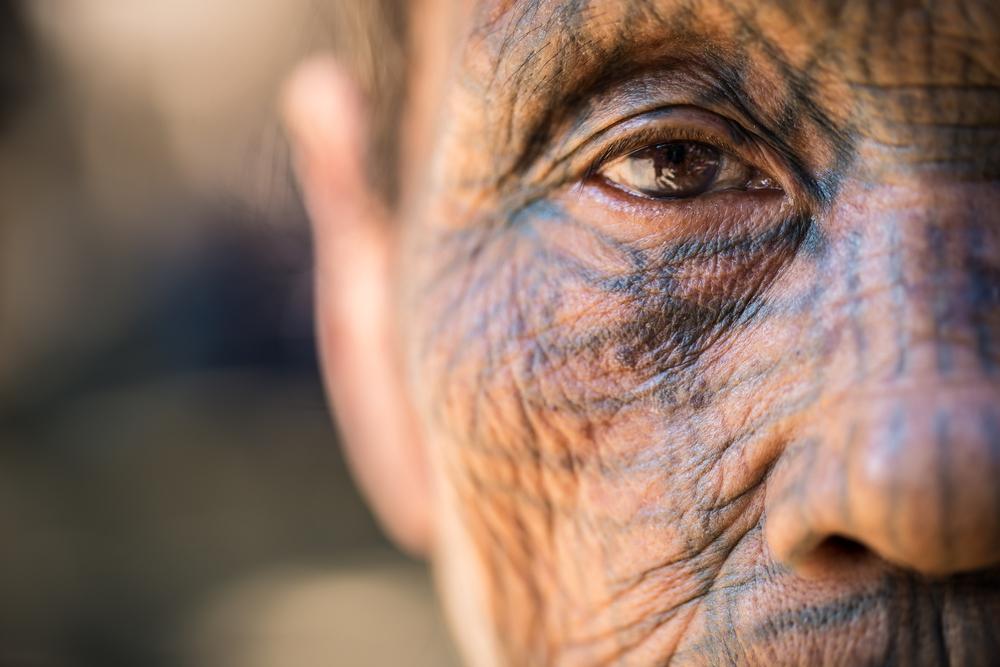Tattoos in India are not a fad; they are a vibrant thread woven into the fabric of the country for centuries. From ancient to modern let’s explore the journey of Indian tattoo art.
Our story begins with prehistoric rock paintings some of which are over 10,000 years old. These paintings of figures with markings show an early connection between tattoos and the Indian subcontinent. The Indus Valley Civilization (3300-1300 BCE) also shows body modification practices further strengthening the roots of tattoos in India.
Forward we see tattoos playing different roles in Indian communities. Tribal communities like Nagas and Korathis used tattoos as markers of bravery, social status and even as a form of currency! Rabari women of Gujarat would adorn themselves with facial tattoos called “makkos” to enhance beauty and ward off evil spirits.
In some regions tattoos had religious significance. Hindus in certain areas considered tattoos necessary for women, with designs like “Sita ki rasoi” (Sita’s kitchen) believed to bring good luck and marital harmony.
Traditional methods used natural inks and a “gudna” (needle burying) process which was very painful. These methods were passed down through generations and tattoo artists were respected members of their community.
The colonial era saw a decline in traditional tattoo practices. But the embers remained. Post independence interest revived and many rediscovered the cultural significance of tattoos.
Today India’s tattoo scene is booming. Modern tattoo parlors offer a wide range of styles to a growing clientele looking for self expression and connection to their heritage. Interestingly some traditional methods are being revived with a focus on preserving the cultural significance of these ancient practices.
Next time you see a tattoo in India remember it’s not just a design it’s a history. 🙂👍

